
Everyone should have a garden – gardening can improve your physical and mental health, relieve stress, save you money, give you easy access to nutritious foods and help the environment too.
Plus, it provides a special sense of achievement.
Like cooking, where you see the fruits of your labor, gardening produces tangible evidence of your investment in time and energy.
Even if you have limited space, these days there are lots of options, from indoor container gardens to Square Foot Gardening, a simple technique for planting seeds a certain way in a raised bed garden.
It was developed by Mel Bartholomew in the 1970s as a more efficient way to garden.
The seeds or seedlings are planted in clearly marked 1 X 1 square-foot plots, hence the name, and it’s an ideal method for those that would love to garden but feel they don’t have the space, time or experience.
The size of the mature plant determines how many plants go in each square foot.
For example, smaller plants like onions and carrots can be planted 16 or more per square, whereas larger plants such as tomatoes, broccoli, or peppers have only one plant per square or sometimes take up multiple squares.
Square Foot Gardening is a low maintenance way to garden too when it comes to planting, weeding and harvesting.
You’re likely to have a lot fewer weeds, and they’ll be easier to pull out too, especially if you use Mel’s Mix potting soil, which is a combination of one-third compost, one-third peat moss, and one-third vermiculite.
Created specifically for Square Foot Gardening, it’s available at most major hardware/gardening stores like Lowe’s and Home Depot.
It absorbs and holds moisture so well that you won’t have to water as often or as much as typical soils, saving water costs too. As it’s naturally very loose, it makes that weeding a breeze, saving you lots of time and effort, as well as planting and harvesting too.
The raised beds that are used for Square Foot Gardening have a number of benefits as well, including extending the growing season.
That’s because the soil will warm earlier in the spring and stays warm longer in autumn, which allows you to stretch your gardening calendar.
They also tend to have better drainage and eliminating the worry over compacting the soil, which is known to adversely affect plants.
As excess moisture will be able to drain better and the soil will remain light, your plants will get more oxygen, so your garden will have a better chance at thriving.
Your Square Foot Garden can be made to practically any dimensions – so you can do what will work best in your particular yard, with your available space.
It is advised that you keep the garden at a maximum of 4-feet-deep, however, in order to enjoy easy access and reach each square.
Now that you know why Square Foot Gardening is becoming so popular, here’s how you can plant your own square foot vegetable garden.
First, to have a Square Foot Garden, it technically has to be made up of the following:
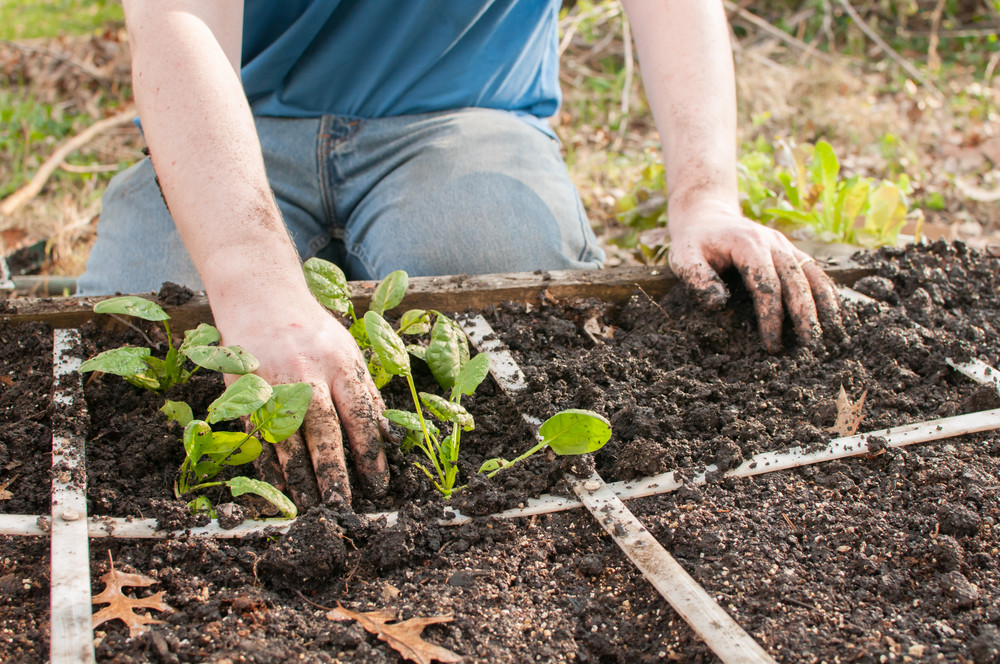
Deep raised beds.
Typically this is 4′ X 4′ with a square foot lattice placed on top in order to visually separate the crops. Beds are between 6 and 12 inches deep in order to provide plants plenty of rich nutrients while maintaining good drainage.
A specific soil mix.
Your soil mix should be made up of one-third each peat moss, compost and vermiculite to start your raised beds out entire free of weeds, while also keeping it full of nutrients and water retentive.
Planted in squares.
In order to keep planting simple, you won’t have to remember plant spacing. Instead, a Square Foot Garden contains square that have either 1, 4, 9 or 16 plants, depending on the size of the plant.
If you make a smaller grid in the soil using your fingers, it’ll be easy to position each one.
For larger plants that span two or more squares, like climbing peas, you can plant them in two smaller rows of 4 per square.
Use scissors to thin.
Rather than pulling up excess, unwanted plants, which tends to disturb the root systems of healthy plants you want to grow, snip them off using scissors.
Accessories.
There are also a number of accessories that can be used, such as covers to extend the growing season, supports for vertical growing and protective cages that are easy to lift on and off your garden beds.
Create A DIY Garden Bed:
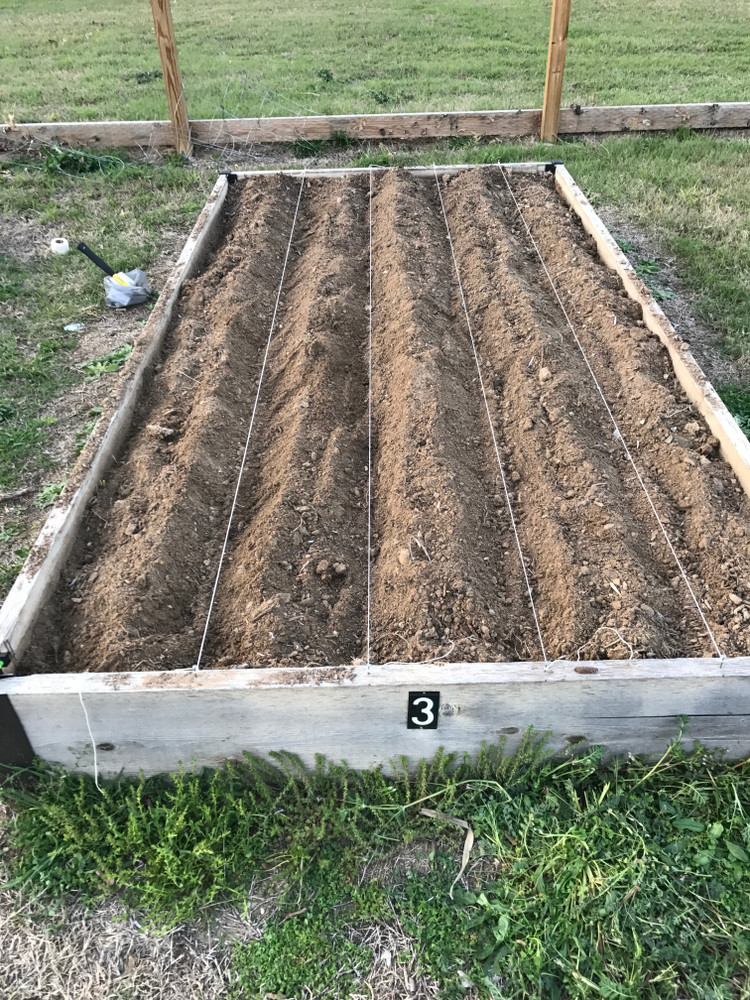
There are a number of ways to create a Square Foot Garden, but if you’re a novice, it’s generally recommended to start with 4′ X 4′ garden beds.
All you need to purchase is some inexpensive wood, or find some that is being given away and a few basic tools.
Mix in a few types of high-quality gardening soil, or go for Mel’s as mentioned above, along with some organic seeds, and before you know it, you’ll be reaping the benefits of fresh veggies right from your own backyard.
It’s a simple process – build a square shape, create square foot squares, and then grow your vegetables in your space.
Here’s how to do it, step by step:
- Figure out where you want your new Square Foot Garden to be. Once you’ve chosen a spot, measure out the area and then remove any weeds and grass within it.
- If you’d like, you can dig up some of the soil that the square won’t be sitting right on top of the soil. That helps to keep the wood and the garden in place by being a few inches underneath the ground.
- Now you’ll need the wood to build the frame of your Square Foot garden to 4′ X 4′ – while it can technically be any size square you’d like, the grids inside of it will need to be one square foot each.
- Next, apply a cloth or weed-blocking plastic to the bottom of the square using nails or a staple gun to keep weeds from growing up and through the garden.
- Now, level the ground as best you can and place your Square Foot Garden in the area.
- If you build a number of Square Foot Gardens, be sure to place them apart so that there is enough space in between to walk through.
- This is when you need that soil – it’s important to purchase the highest quality soil possible. As mentioned, Mel’s is ideal, or use a quality vegetable garden soil mix that’s made up of one-third peat moss, one-third compost, and one-third vermiculite.
- Fill your Square Foot Garden, or gardens, with the soil mixture, making it as even as possible. You can use a shovel to fill the box, and then a rake to level out soil on the top.
- Now it’s time to create the “squares.” You can do that by using simple small slats of wood and laying them across the frame. Staple or nail the wood slats in place, ensuring that each square is a one-foot-square.
- That’s it – you’re now ready for the rest – planting your garden.
Easiest vegetables to grow for success:
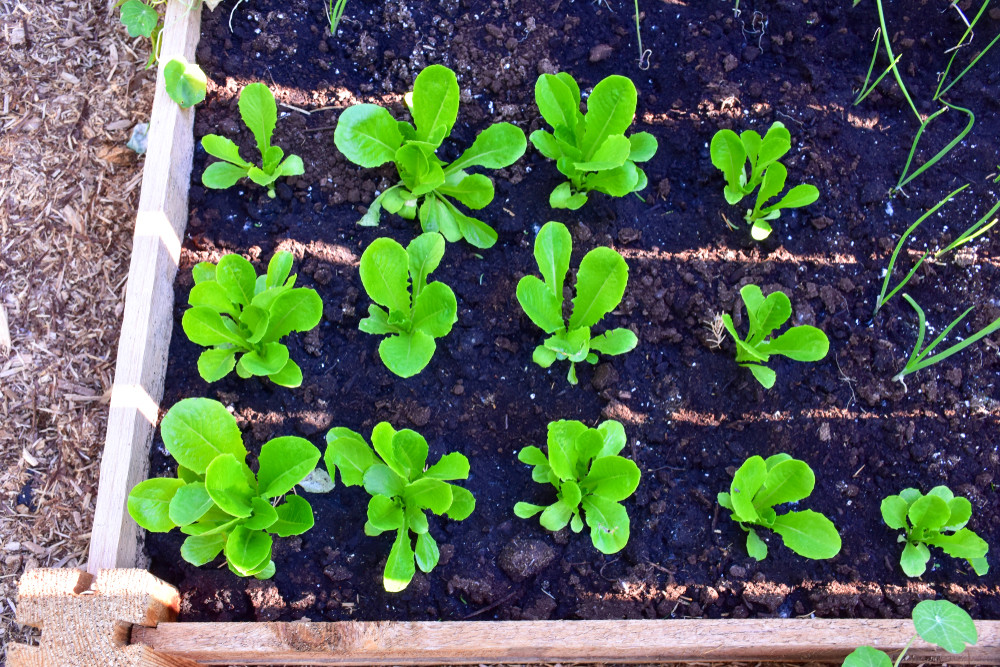
Now that you’ve created your Square Foot Vegetable Garden bed, you’ll want to be sure and plant vegetables that are known for being easy to grow.
These veggies are a great place to start:
1. Cucumbers.
Cucumbers are very easy to grow, in fact, provided you give them the sunlight and warm temperatures they need, along with regular watering, they’ll grow almost like weeds, so you’ll likely end up with more than you need and can donate to neighbors, friends and families.
Ideally, choose bush cucumbers rather than a vine type as they’re better for smaller spaces and have excellent disease resistance.
2. Lettuce.
Lettuce is great too, as it tends to grow fast, is very easy to harvest (all you have to do is snip off the tops of the plants, or just pick the leaves as you need them), and it takes very little space.
It does best in cooler temperatures and is able to tolerate shade.
3. Green beans.
All sorts of green beans, from whole beans to snap beans, are considered ideal for home gardening. There are hundreds of varieties to choose from, though the bush type of beans generally requires less space.
No matter which type you choose, they all tend to grow easily from seeds.
Once bush means they emerge from the soil and develop four leaves, there isn’t much that can bother them – and they’re especially delicious raw or steamed.
Keep in mind that most types do prefer well-drained soil and full sun.
4. Zucchini.
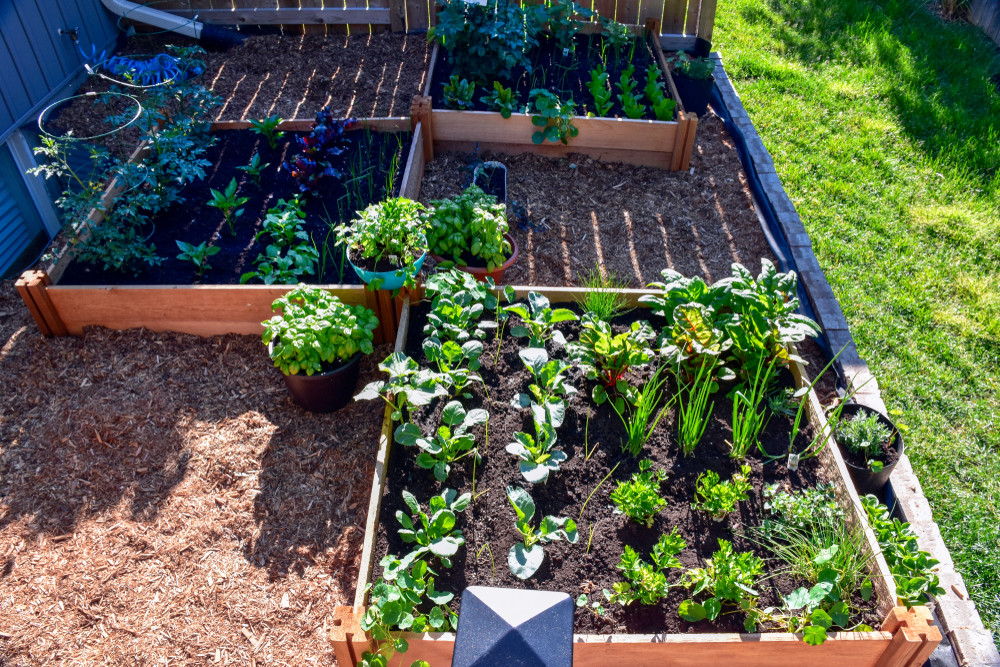
Zucchini is infamous for growing prolifically, in fact so much so, they’re often the butt of a gardener’s joke.
What that means to you is that you’ll probably only need one or two plants.
Similar to cucumbers and green beans, these plants are very prolific, whether they’re planted directly in mounted soil or grown in a container, they’ll grow easily from seed.
They prefer warm soil and good moisture, so it’s better to sow the seeds later in the warm season.
5. Radish.
While radishes are most commonly used sliced in a salad, they can be made into all sorts of side dishes and snacks – and, they’re incredibly easy to grow, so you can have fun experimenting with all the options.
Remarkably, they only take 20 days to reach full size.
The seeds are big enough to sow easily and they can grow in sun to partial shade. Provided they’re watered before the soil dries out, you’ll be rewarded with lots of crispy radishes, and quickly.
6. Green onions.
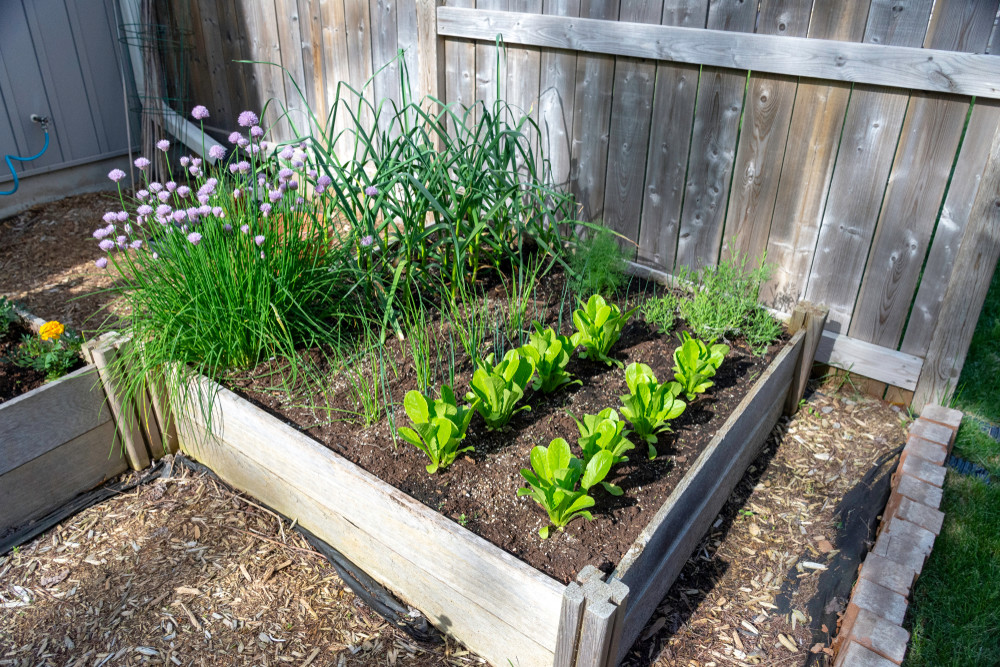
It’s nearly impossible to mess up growing green onions. You can grow them from seeds, or purchase transplants at a home and garden store, or your local nursery.
While they can tolerate cooler weather, they’ll continue to grow when temperatures warm.
It won’t be long before you have tasty green onions that are wonderful in stir fries, soups, salads, as a potato topper and more.
7. Tomatoes.
Finally, last but not least, tomatoes aren’t the easiest of all these vegetables to grow, but they’re really essential for any garden, and you’ll have a greater chance at success by planting cherry or grape varieties.
Small-fruited varieties tend to be easier to grow, as unlike with larger types of tomatoes, you probably won’t have to worry about blossom end rot or splitting.
Most will even be fine with a little bit of neglect like the occasional missed watering – in fact, some gardeners say they’ll taste even better the less water they get.
Just remember that tomatoes aren’t able to tolerate cold temperatures whatsoever – your overnight temperatures must be warm enough, or the plants will never produce fruit, and they need lots of sun during the day.
Just one or two small-fruited tomato plants like cherry or grape, are likely to keep you harvesting tasty tomatoes throughout the summer season, until the first frost.
By planting basil next to them, it naturally helps to repel any pests as well as improve the tomatoes’ flavor.
Spacing:
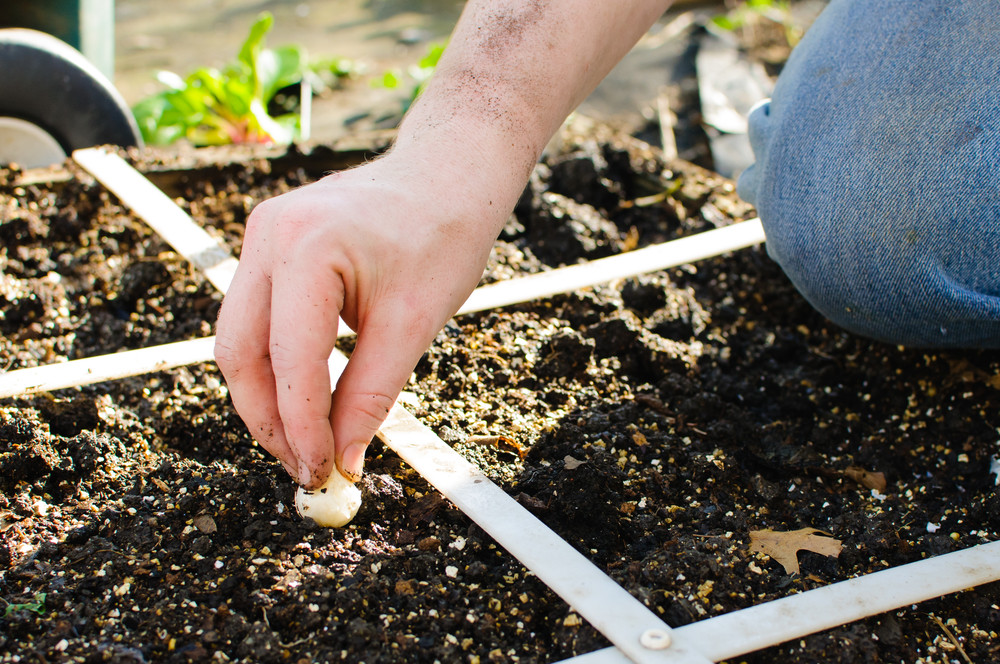
To find out what spacing your particular plants need, turn to the seed packet, or do a quick Google search.
For example, a tomato plant requires one per square, while carrots and radishes call for 16 per square.
The grid is what makes your raised beds a Square Foot Garden, and is one of the most essential parts of the entire process.
More To Think About: Flexibility
When the idea was first created, Square Foot Gardening was considered revolutionary.
It’s still an excellent system, especially for gardeners who are just starting out, seeking a highly organized method or have limited space.
But keep in mind that you don’t have to follow all of the Square Foot Gardening rules to benefit from the idea with raised beds and organization.
This type of gardening is very effective for many situations, but it doesn’t fit each and every circumstance.
Along the way, you might discover your own ideas as to what works best, but there is little doubt that it can be a fantastic stepping stone to growing your own food.
Read Next:
Take a look at Mel Bartholomew’s book on Amazon – All New Square Foot Gardening II: The Revolutionary Way to Grow More in Less Space
